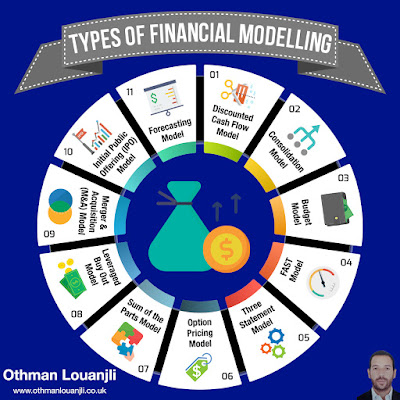Acting
techniques are an important and personal part of being an actor, something acting
enthusiast and actor Othman Louanjli can attest to. There are many different acting techniques, all of which have been created
with the aim of cultivating a more powerful acting performance.
Classical
acting describes an acting philosophy that focuses on expression through the
voice, body, external stimuli, imagination, improvisation, personalising and
script analysis. Classical acting is a general term that includes the teachings
and theories of classical directors and actors, such as Michel Saint-Denis and
Konstantin Stanislavski.
Konstantin
Stanislavski is also the creator of the Stanislavski method, where actors use
their own personal experiences and emotions in order to find the ‘truth’ in the
character that they are playing. Using Stanislavski’s system, actors must
understand the thoughts, feelings and motivations of the character, putting
themselves in their shoes, in order to find common ground and to perform in a
genuine and naturalistic manner. For more information on Stanislavski, please
refer to the embedded PDF.
 |
| The Life of Konstantin Stanislavski |
Method
acting is one of the most well known techniques in modern acting, and certain
aspects are based on Stanislavski’s acting method. Founded by Lee Strasberg,
method acting requires the actor to develop a deep and emotional understanding
of their character, so that they can personally identify with them. The acting
technique by Stella Adler is also based on Stanislavski’s work; however, unlike
Strasberg’s technique, Adler believed that it was potentially damaging for
actors to have to dig into their personal history in order to identify with
their roles.
Other than
method acting and the technique by Adler, the Meisner technique was also
inspired by the work of Stanislavski. The Meisner technique asks the actor to
focus all of their attention onto the other actor, to believe that their acting
partner is the only thing to exist in that moment. The technique is based on the
idea that genuine responses and reactions between the actors will result in a
more authentic performance.
In
opposition to the highly emotional and responsive technique by Meisner, the
Brechtian Method, developed by Bertolt Brecht, is based on ‘epic drama’ that
relies on the audience being detached and reflective rather than fully
emotionally involved in the scene.
Bertold
Brecht was born Eugen Berthold Friedrich Brecht in Germany in 1898. Brecht was
a poet, playwright and theatre practitioner whose plays were influenced by
Marxist ideologies. Brecht preferred to call his style ‘dialectical theatre’,
as opposed to ‘epic theatre’, of which he was the main proponent.
In
dialectical theatre the audience does not experience a climactic catharsis, as
Brecht believed that this caused a sensation of complacency. Instead, Brecht
wanted his audiences to watch with a critical perspective, recognising how the
issues within the play corresponded to those in the outside world. In consuming
dialectical theatre, Brecht hoped to inspire and empower the audience to effect
changes in the society in which they lived.
Practical
Aesthetics combines elements of the Meisner technique and the Stanislavski
method, as well as taking inspiration from the Stoic philosopher Epictetus.
Created by the playwright David Mamet and the actor William H. Macy, the method
is based on an ability to adapt and develop, script analysis, and exercises in
repetition.










